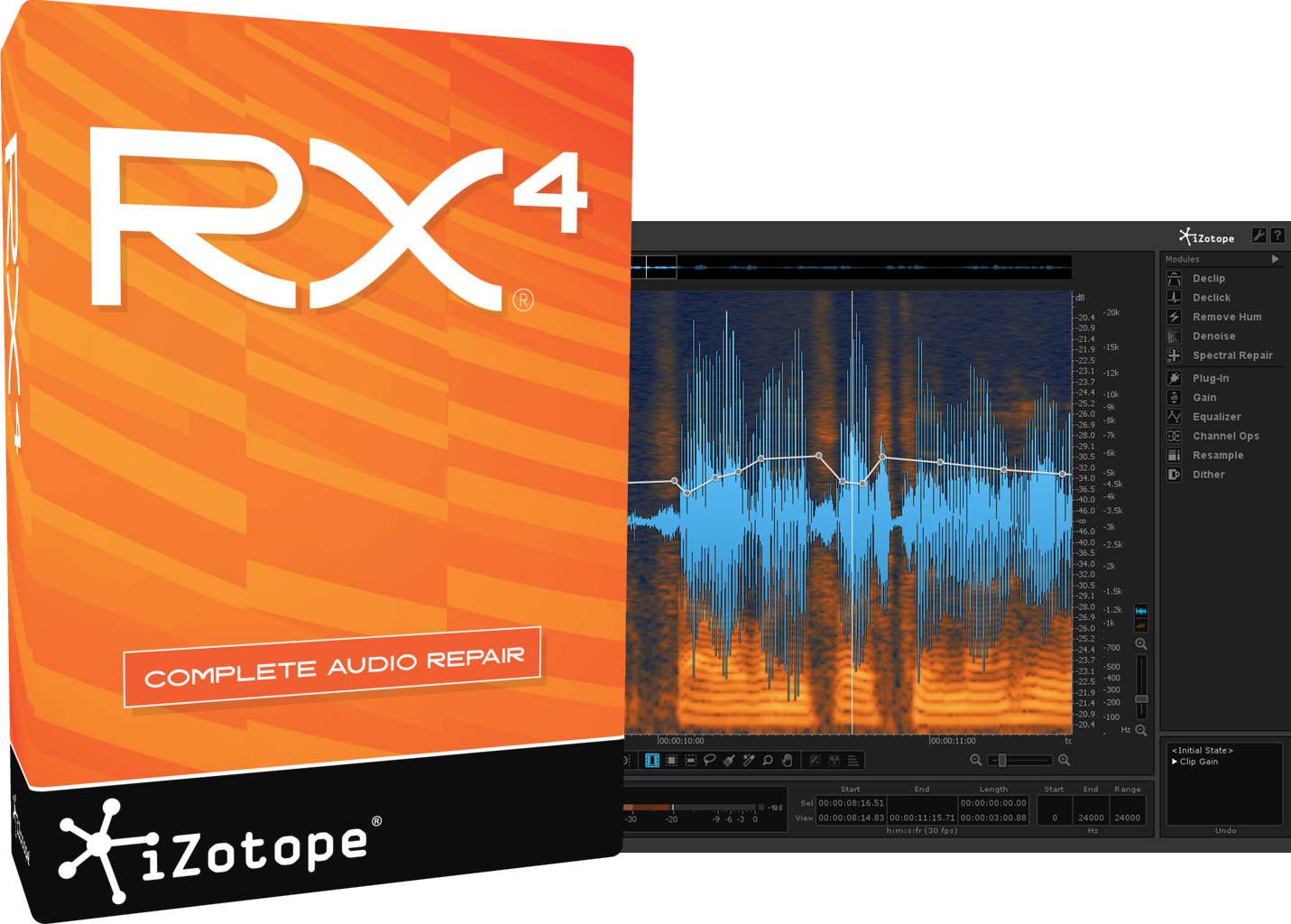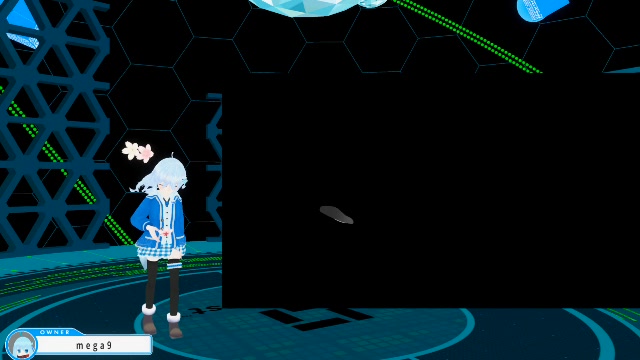

Spectral Recovery resynthesises upper frequencies that are lost through limited bandwidth recordings, for example VoIP data compression.
#Rx7 voice denoise update
The changes in RX 8 aren’t radical but they are significant enough to justify more than an update So guitar de-noise does in fact reduce the need to work with multiple modules (de-hum, de-ess and spectral de-noise) and produces excellent results for electric and acoustic guitar recordings, and by extension other acoustic/electric stringed instruments. This fits with the efficiency emphasis of RX and can be seen in the many noise-reduction variants that address post production and voice/dialogue processing. Like many modules, this appears to be an amalgam of other noise-reduction processes that iZotope have compiled into a source-specific module.

The guitar de-noise module provides separate control sets for amp noise, string squeak and pick noise. There are two new modules and one new utility (ie, wave editor-type processes such as normalising, phase and dither): Guitar De-noise, Spectral Recovery and Wow & Flutter, respectively.
#Rx7 voice denoise upgrade
The iZotope website provides comprehensive lists of what has been added or improved in each of the three editions so do check there when deciding whether to buy into or upgrade RX. None of the new modules are available in the Elements version, and of those that have been improved only de-hum is included in that edition, though along with de-click and de-clip these are arguably the most essential. Though the display and selection tools are common to the three tiers of RX (Elements, Standard and Advanced), as well as most of the essential features, the processing Modules are limited in the Elements and Standard editions. This has both creative and practical applications. The Select Harmonics option allows up to 10 harmonics above the base frequency selection to be highlighted for dealing with anything from hums to unwanted notes within a chord. Not only do these tools give the user unparalleled editing potential for restoration and repair work, but when combined with a plug-in effect, for example, they open up a new level of creative potential. The six selection tools (time, frequency, time/frequency, lasso, brush and magic wand) facilitate surgical focus in conjunction with the spectrographic zooming options. The Composite View mode can then fold the tabs into one waveform/spectrogram for global editing to aid in, for example, the removal of unwanted sounds across multiple mics. The former speeds up analysis and editing without losing any trackpad or mouse functionality and the latter means many of us can at last load up larger stem counts (they just get larger and larger, don’t they?) for individual and simultaneous processing.

RX 8 sees two important changes that many have been requesting for some time: horizontal scrolling and a doubling of the open file tabs from 16 to 32. To the right is the stack of module, utility and measurement tools that have become over time simultaneously more expansive and focused. iZotope manages to pack in all the necessary transport controls, metering, selection/cursor data and editing history beneath the main display without being cramped or inaccessible. This centrepiece is a powerful aid for examining and understanding audio, which combined with the tool selection below makes RX essentially the Photoshop of audio. RX is deceptively simple, packing a host of editing and visualisation tools around a fully mixable and scalable waveform/spectrographic display.


 0 kommentar(er)
0 kommentar(er)
